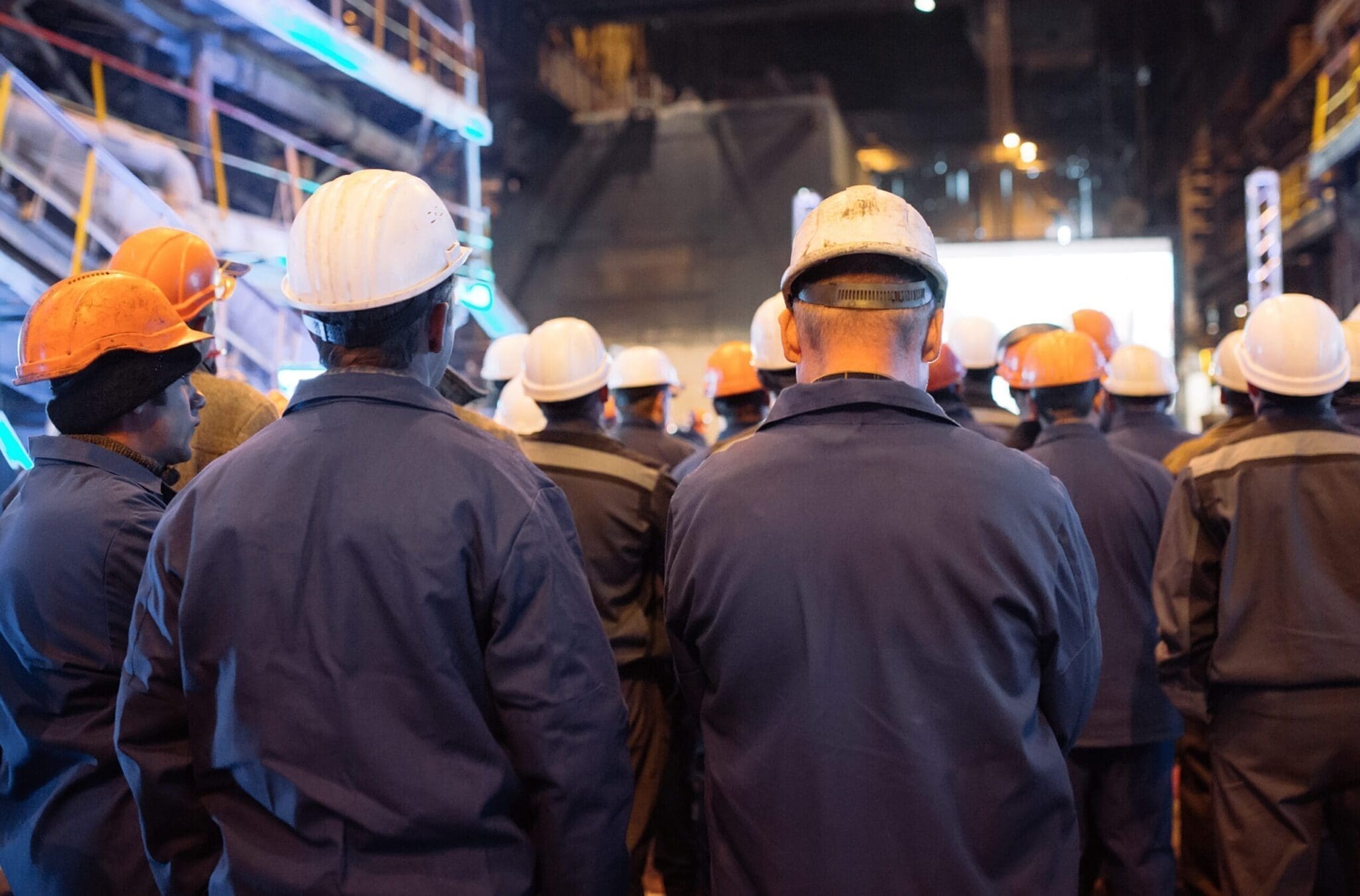The construction industry contributes significantly to Australia’s growth and employment and, with the world turning its attention to net zero goals, has a critical role to play in building the infrastructure necessary to achieve a lower carbon economy. However, like many industries worldwide, the Australian construction industry faces its share of challenges as it works to make this important shift.
The United Nations Sustainable Development Goals
The United Nations adopted its 17 Sustainable Development Goals (SDGs) in 2015. They are a universal call to action to end poverty, protect the planet, and ensure prosperity for all.
The SDGs have initiated a wave of new legislation across the world designed to require businesses to be accountable for their activities – including their indirect activities across their supply chains.
Goal 8: Decent Work and Economic Growth
On such example is SDG Goal 8: Decent Work and Economic Growth which aims to promote economic growth and productive employment, emphasizing the need for fair wages, safe working conditions, and the eradication of forced labour. Goal 8 is now supported by national legislation such as the Australian Modern Slavery Act to help drive positive action across the Australian business community.
Australia’s Modern Slavery Act
Australia’s Modern Slavery Act was introduced in 2018 requiring large businesses and other entities to report on their efforts to address modern slavery in their supply chains. This legislation is directly aimed at industries like construction, where the risk of labour exploitation is high due to complex supply chains and subcontractor relationships.
As a result, Australian construction companies are now, more than ever, investing in employee welfare and safety, and are compelled by legislation to ensuring that workers are not exploited.
The scale of the problem
Speaking at a recent round table event hosted by Achilles and Hall and Wilcox, the leading Australian law firm, and attended by many of the country’s leading construction companies, South Wales (NSW) Anti-Slavery Commissioner, Dr James Cockayne shared that there are at least 16,000 people subject to modern slavery in New South Wales alone, which represents around 0.2% of the population of the State. Some of these vulnerable individuals are women who are subject to sexual abuse and exploitation and who may fall pregnant, finding themselves outside of the healthcare system.
Why construction has a higher modern slavery risk
The construction industry, more than most, has a higher risk of modern slavery. This is due to the complexity and fragmented nature of the supply chain, the dependency on temporary and seasonal workers, the use of lower-skilled labour and informal labour practices.
Challenges of addressing the risks
While the impact of the SDGs and modern slavery regulations on the Australian construction industry have been generally positive, several challenges persist. The construction sector is vast and complex, and change doesn’t happen overnight. Smaller businesses may struggle to comply with the reporting requirements of the Modern Slavery Act.
The task of identifying where the highest risks lie, is not an easy one. It requires companies to undertake high amounts of meaningful engagement with suppliers, who aren’t always keen to cooperate, to collect the information on which to base the analysis. Data collected often comes in a wide range of formats making comparisons difficult.
Support for the task
However, the government and industry associations are providing resources and support to help companies navigate these challenges. Education and awareness campaigns are also being conducted to encourage ethical practices across the construction sector. Organisations like Achilles also provide professional services to construction companies to help them address their obligations effectively and efficiently.
While challenges remain, there is a growing commitment to eradicating modern slavery and promoting the welfare of workers in the construction sector. As the construction industry continues to evolve in response to these global initiatives, Australia moves closer to achieving the SDGs and eliminating modern slavery from its supply chains.


